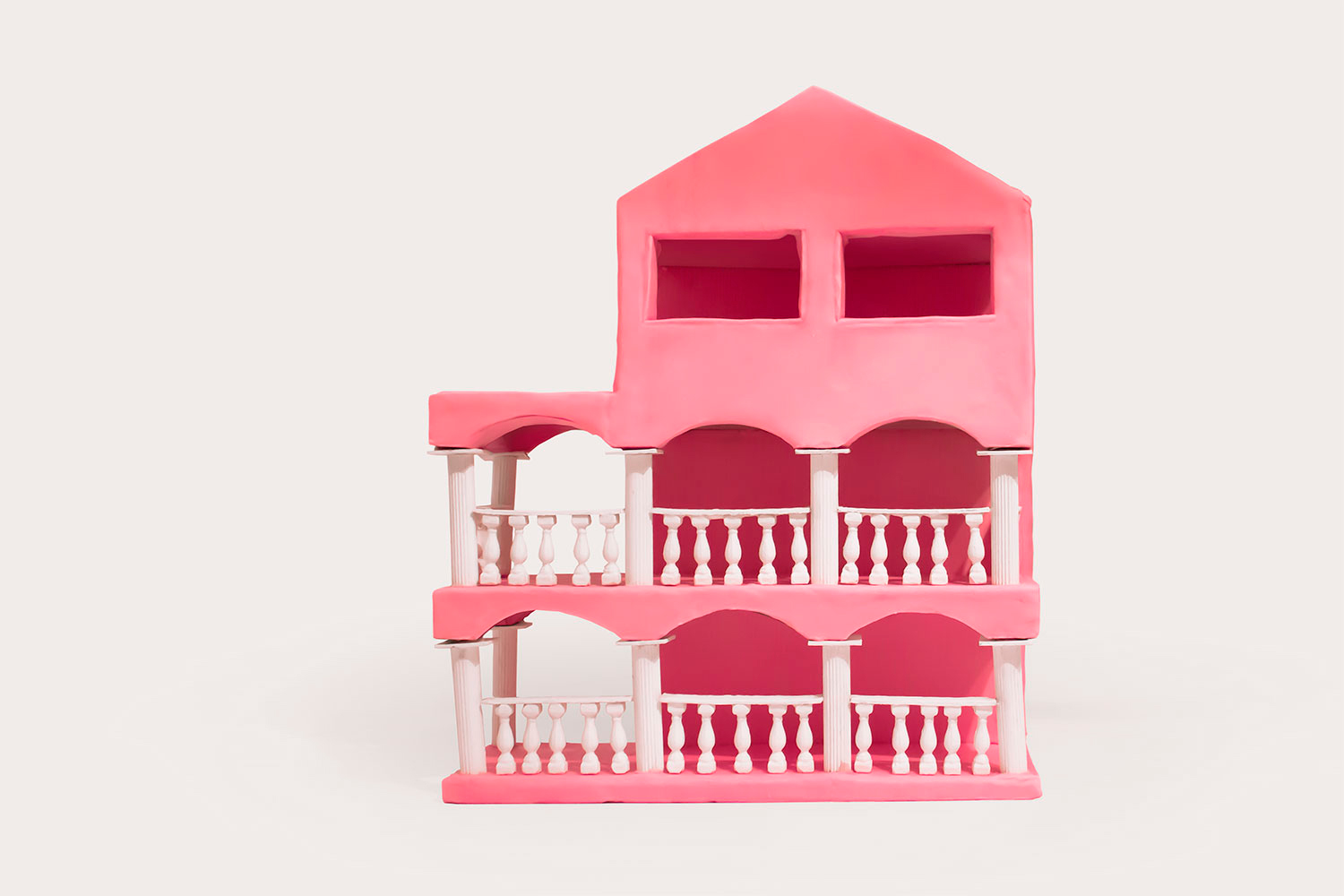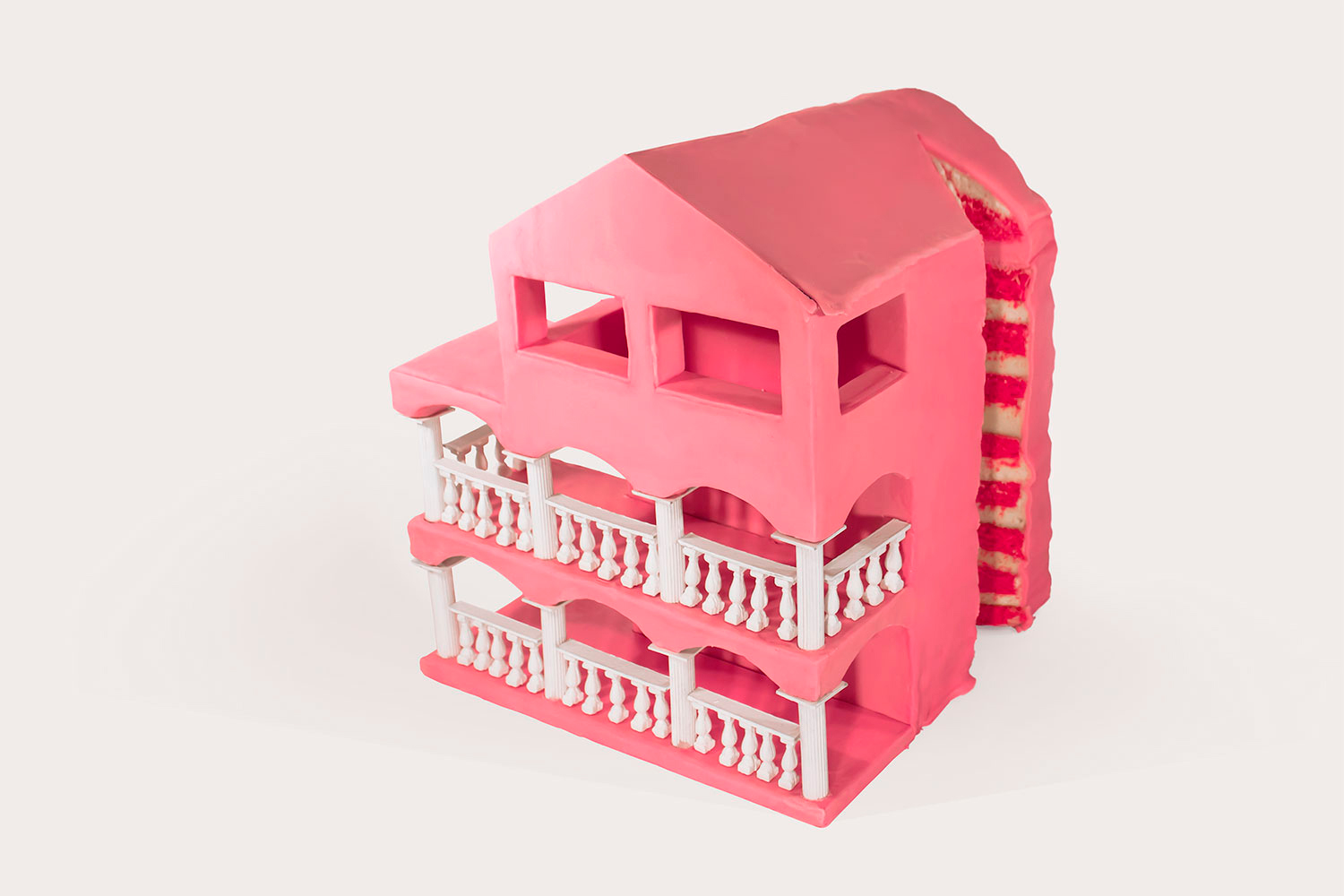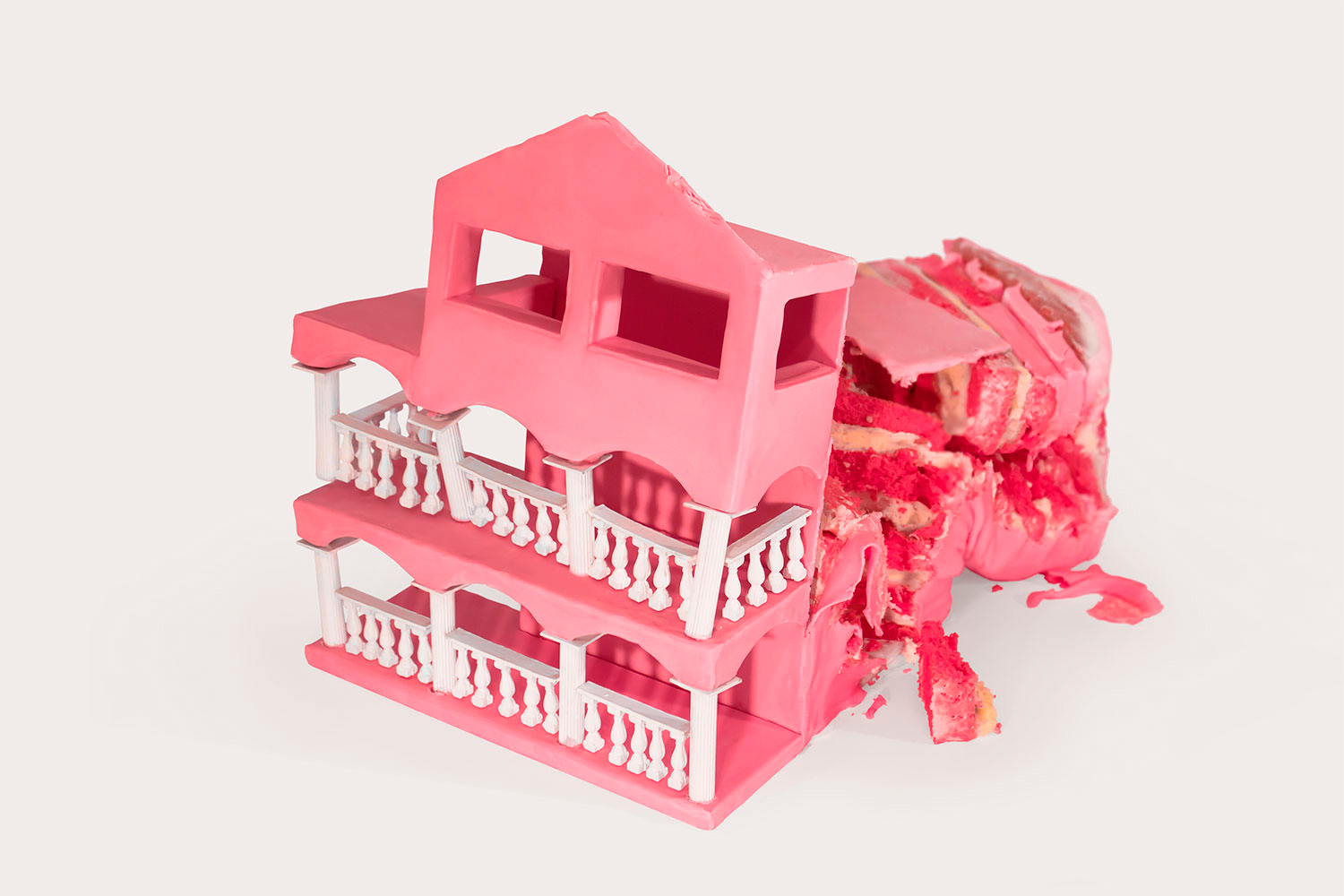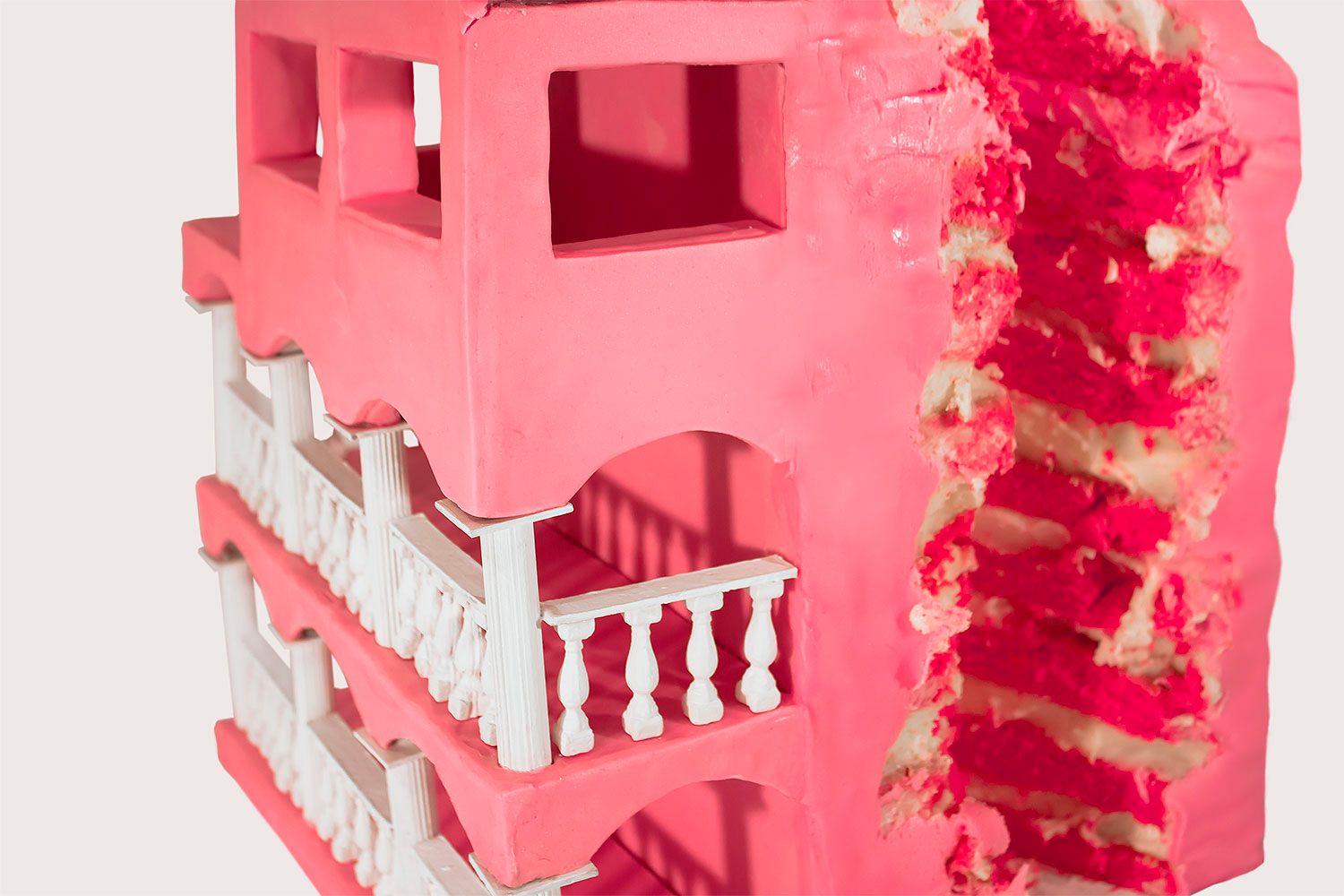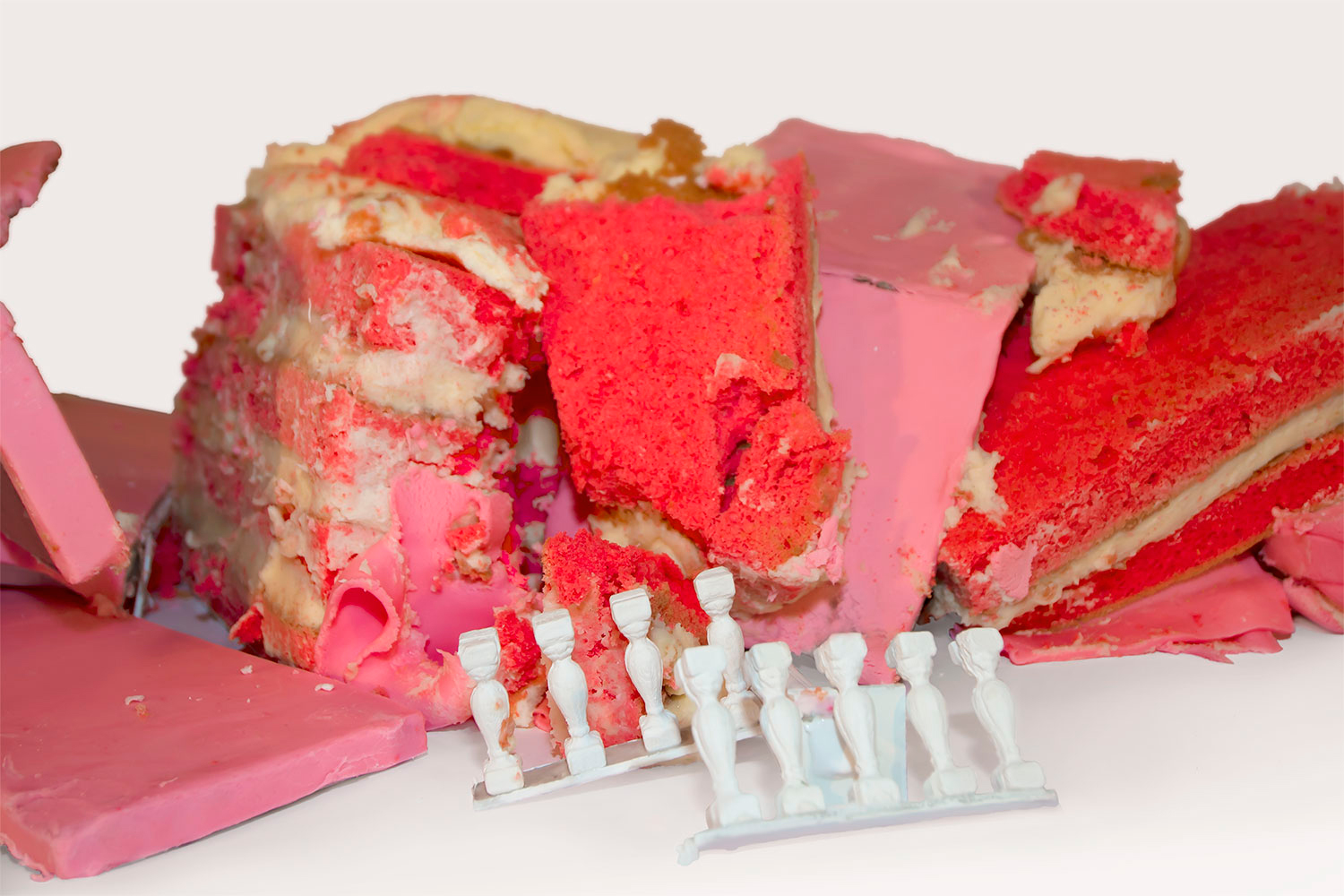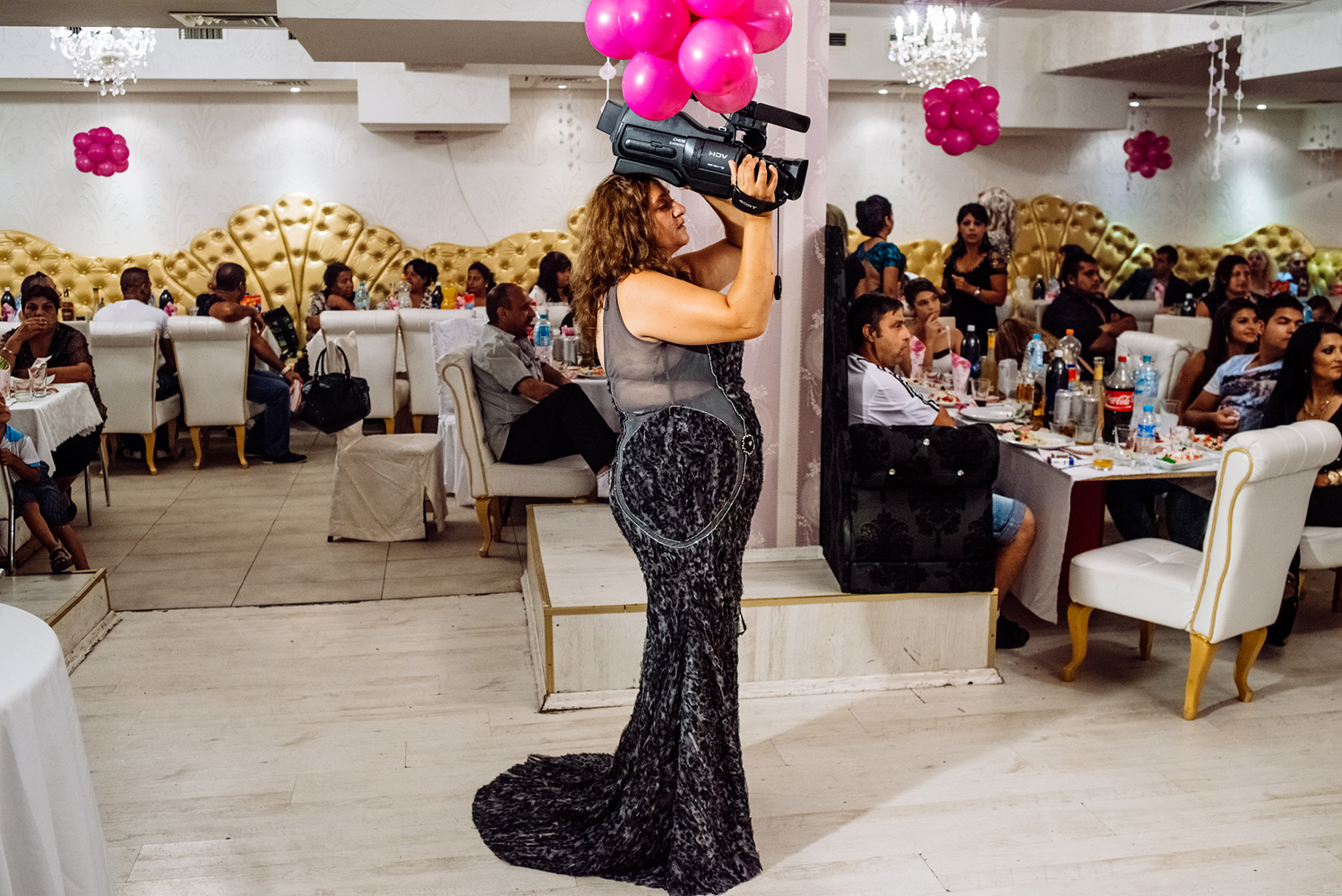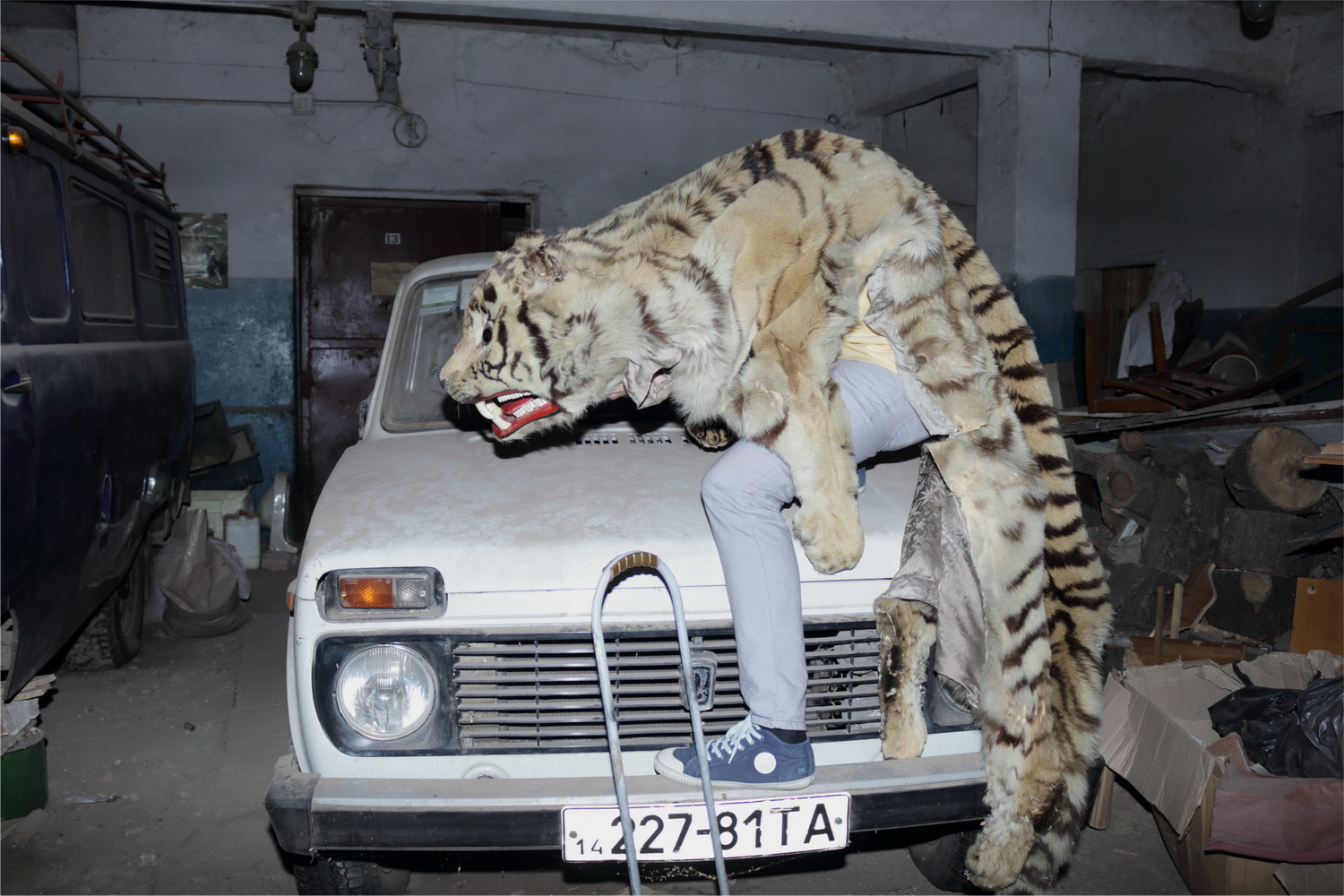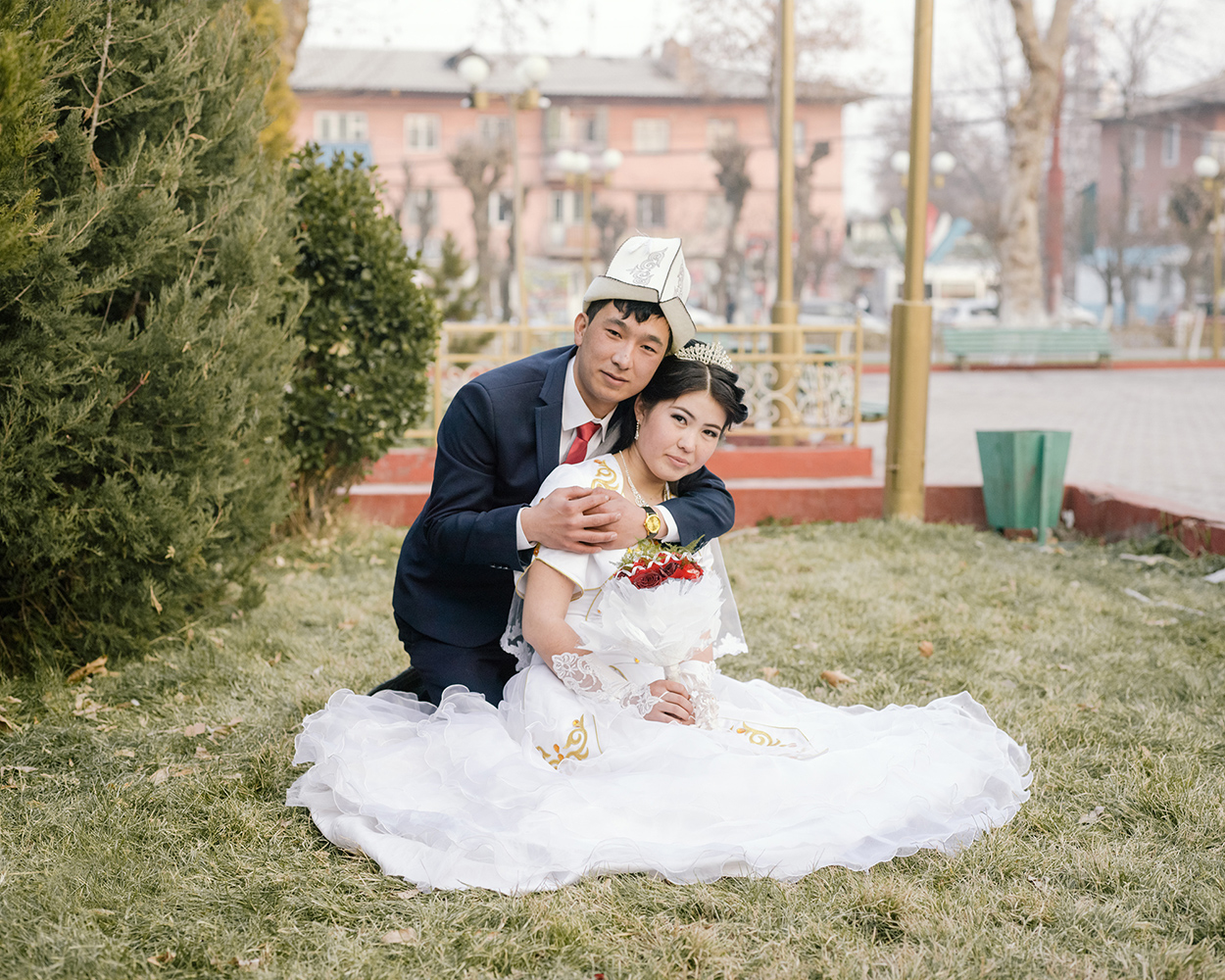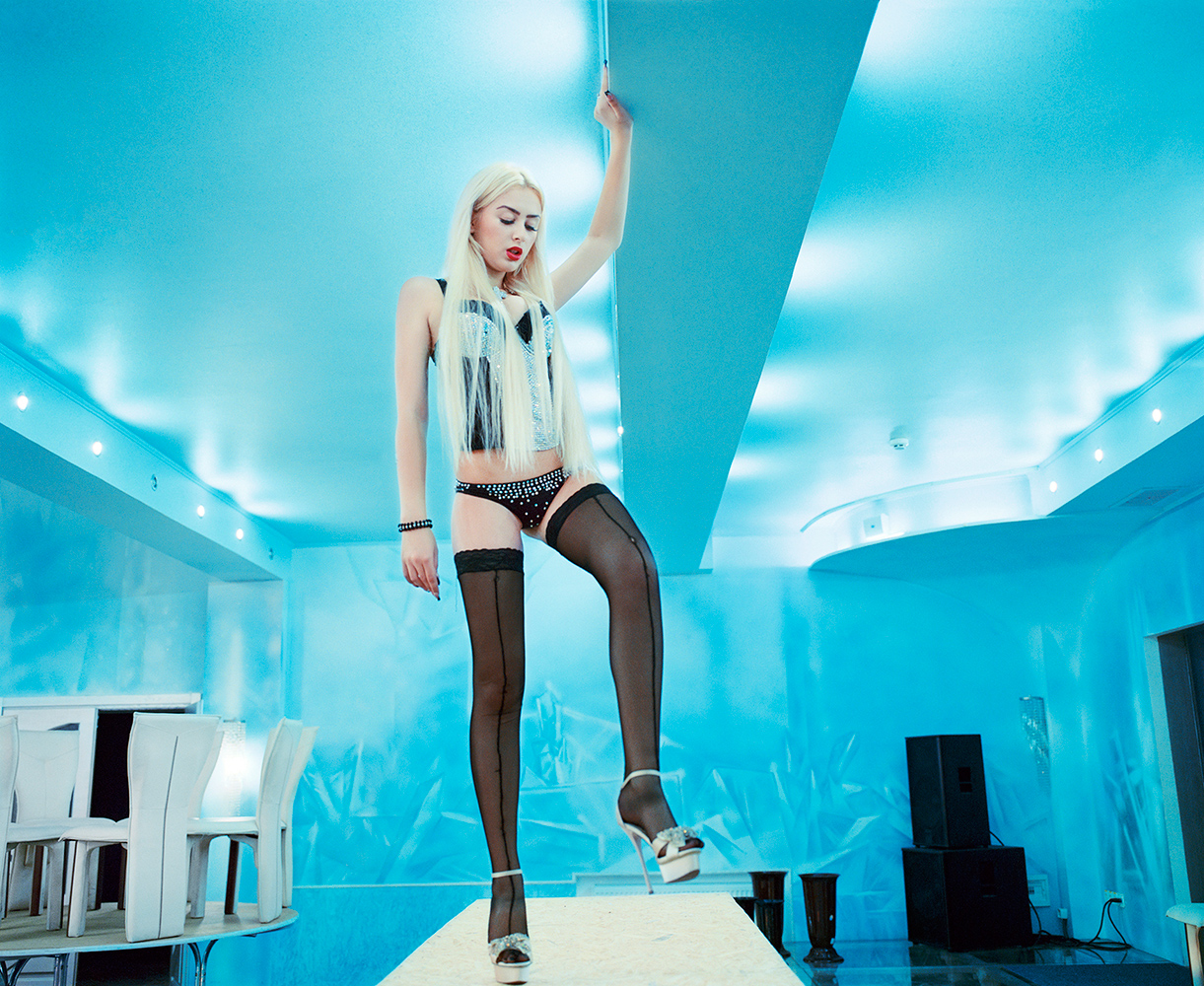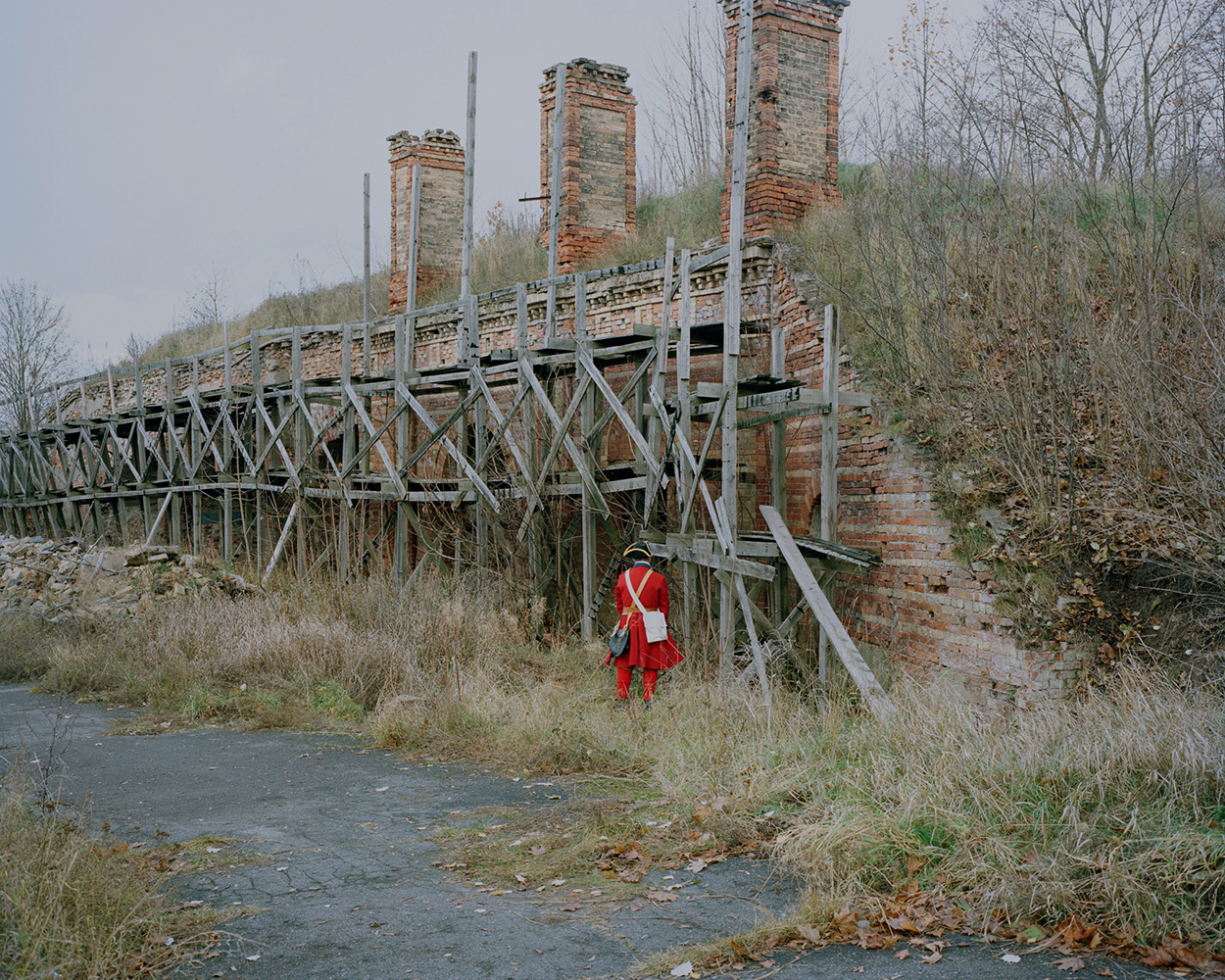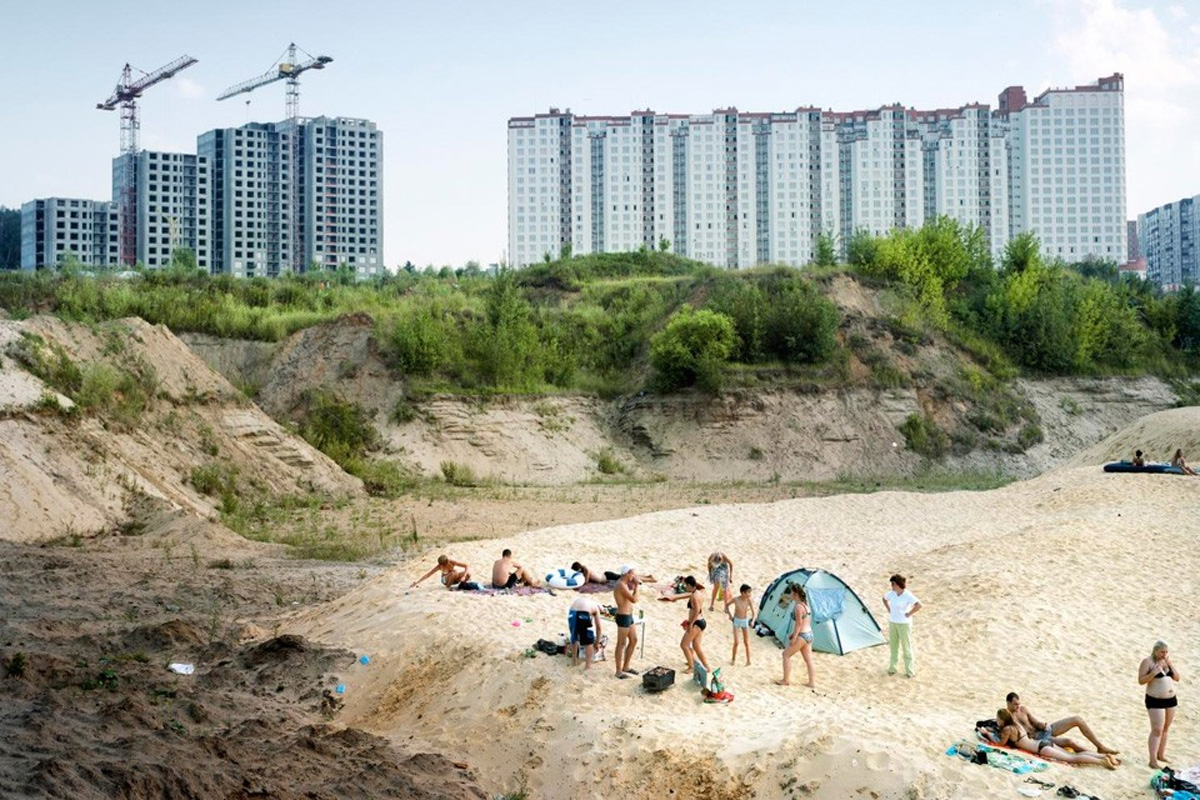

New East Photo Prize: Black Hill by Lana Stojicevic

Photographer from Croatia. Graduated from the Arts Academy in Split. Winner of First Purchase Prize from Rovinj Heritage Museum, winner of Erste Fragmenti grand prize. Lana’s works are part of museum collections in Europe and Great Britain.
— Although I graduated in painting, I don’t limit myself to this medium. I always use a number of different media, among which photography is often a key part of the work. I use it in two different ways: as photographic research — that is, recording the current state of an area — or as reaction to this. I also frequently use textiles and hand embroidery, such as the costumes I created as part of Black Hill, or the work The Duel in which I took inspiration from old-fashioned kitschy needlepoint found in Yugoslavia. Lately, I have been interested in pseudo-architectural media, for example, architectural drawings or something between sculpture and architectural models.
I am drawn to topics that I find socially relevant and that are mostly local but which I try to present in a way that would make them appealing to everyone.
Black Hill came about from my personal experience of growing up in Šibenik, next to the former Electrode and Ferroalloy Factory (TEF). Although Šibenik was the starting point, the focus of the work is a pile of silicomanganese slag weighing 200,000 tonnes, which was deposited in 2010 in a remote village in Donje Biljane. Instead of being disposed of at a landfill, the slag was deposited in the middle of the village as it had been considered raw material instead of waste. In spite of protests and the decision of a industry professional that the slag must be removed, the locals and the fertile area continue to be affected by it. As this topic is almost ignored in the public discourse, I felt the need to react.
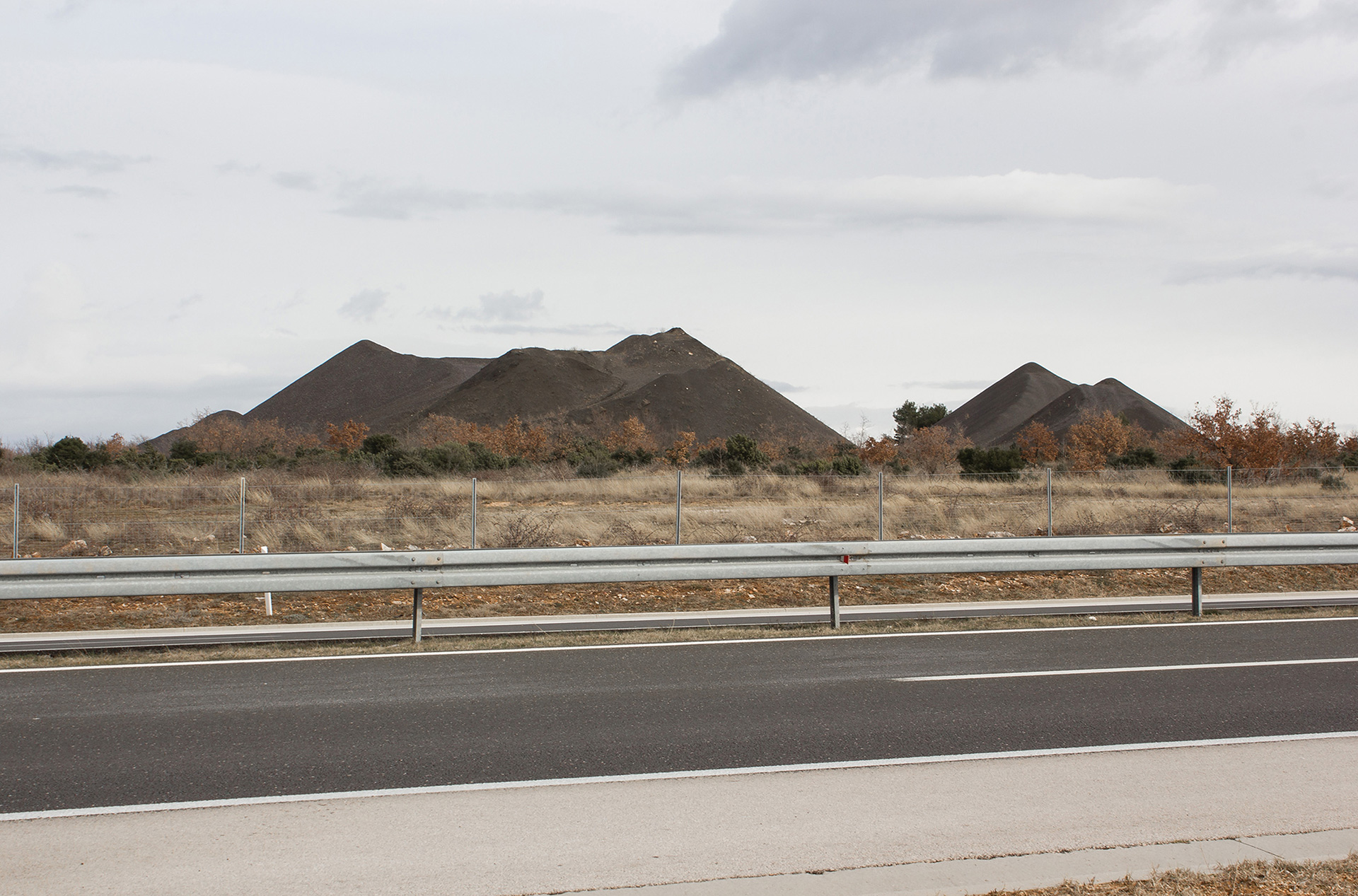
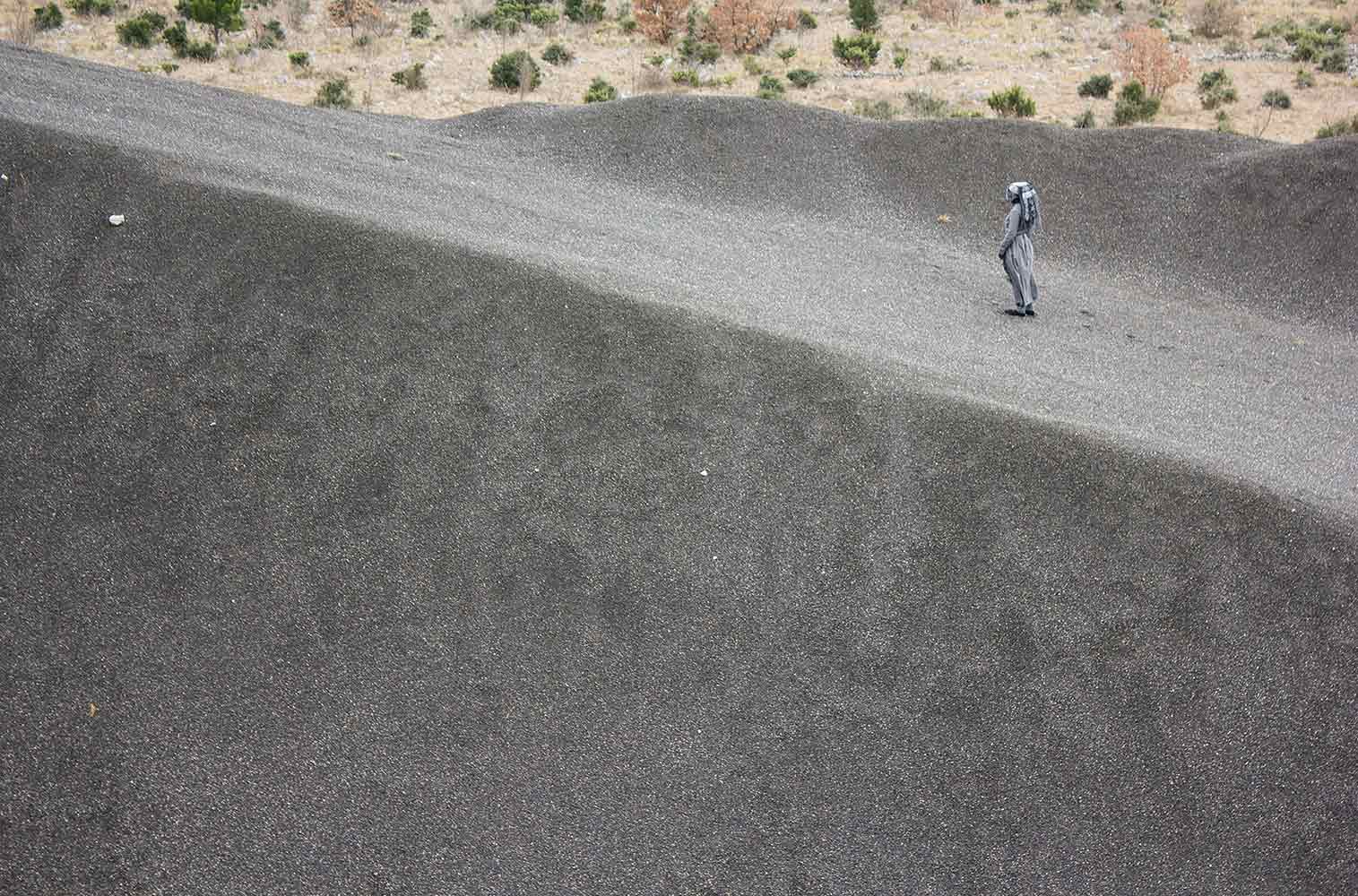
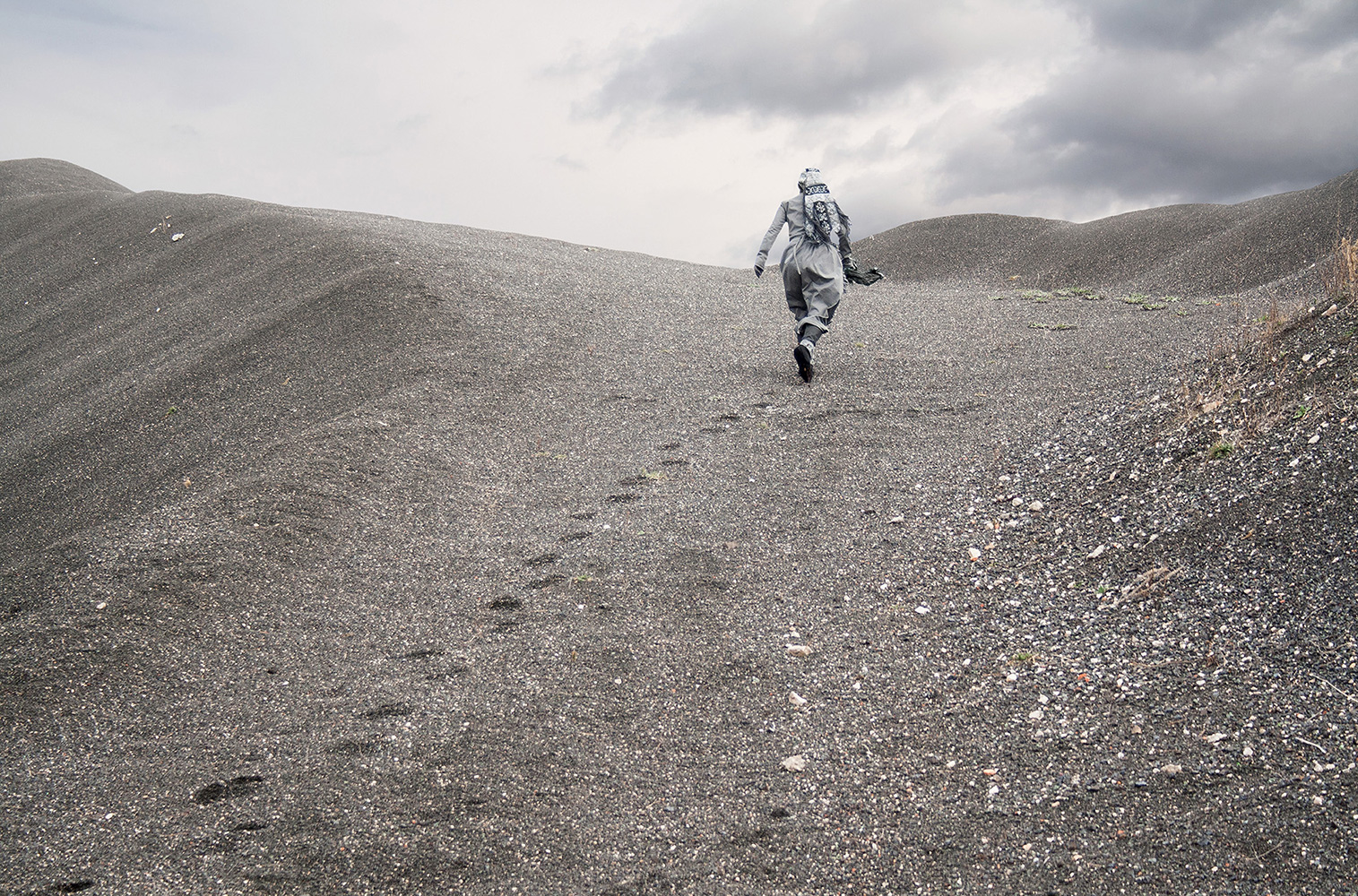
I started with general research of the former factory TEF and the surrounding area: the history of the company, archival materials, and drafts, to articles on the recovery of the terrain and the politics behind the case. I visited and documented the terrain of the factory, as well as several locations near to Šibenik on which waste had been disposed of while the factory was in operation. It was during the research that I found out about Black Hill. I visited that location several times, photographed the terrain and talked to the locals.
The concept of the project changed critically since the initial idea. Thinking about the invisible and dangerous impacts of the post-industrial landscape I imagined a narrative centred on what life there might look like in the future. I did not just want to come and take photos of the location, that was only the starting point of my project, partially presented in a series of photos entitled Artificial Landscapes. I wanted to emphasize the strangeness of the location, to highlight the absurdity of the presence of this threatening alien body in the village, but also to include my commentary in the work. My inspiration came from sci-fi, surreal and dystopian aesthetics.
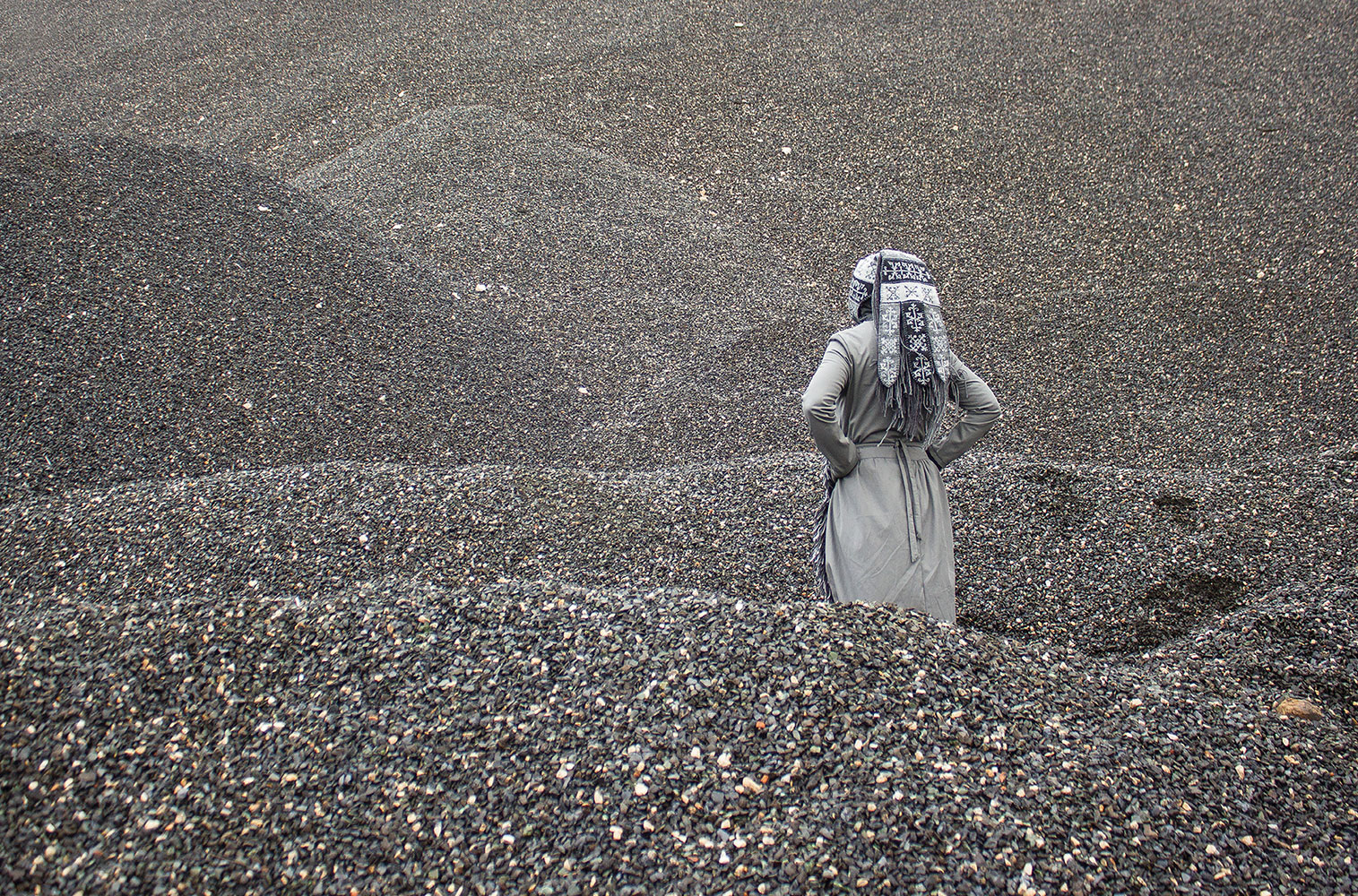
The figure in the series acts as a representation of the powerless locals that wander across the Black Hill as if it were limbo. In the video, the masked figure can never quite cross the border of the hill emphasising the tension between the natural and artificial landscape. I designed the costume, which is a combination of a former folk costume and a protective suit, with the purpose of highlighting how futile protection has become. I decorated the costume in četverokuka, a form of traditional embroidery from the area, that symbolises hope and protection.
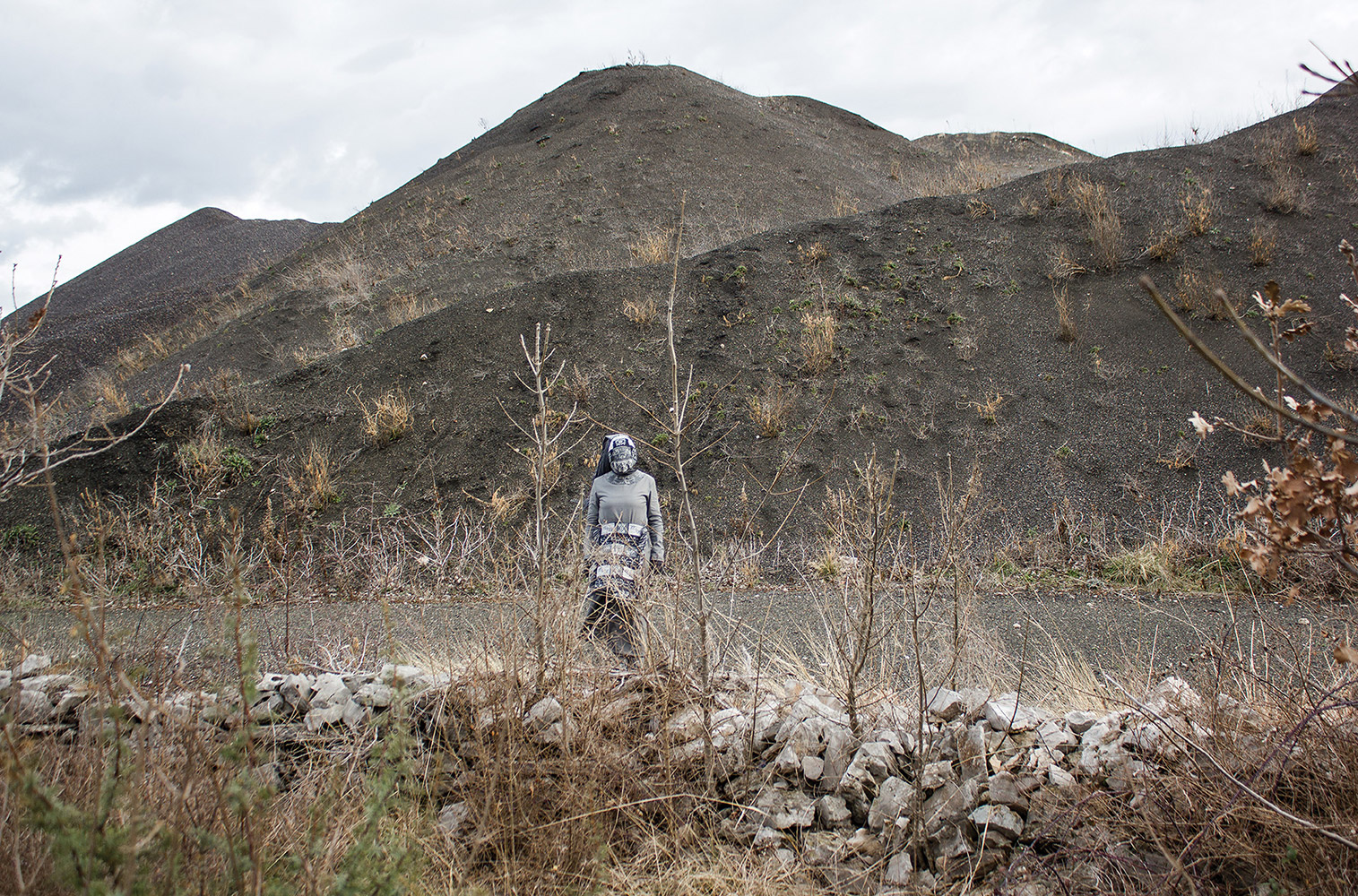
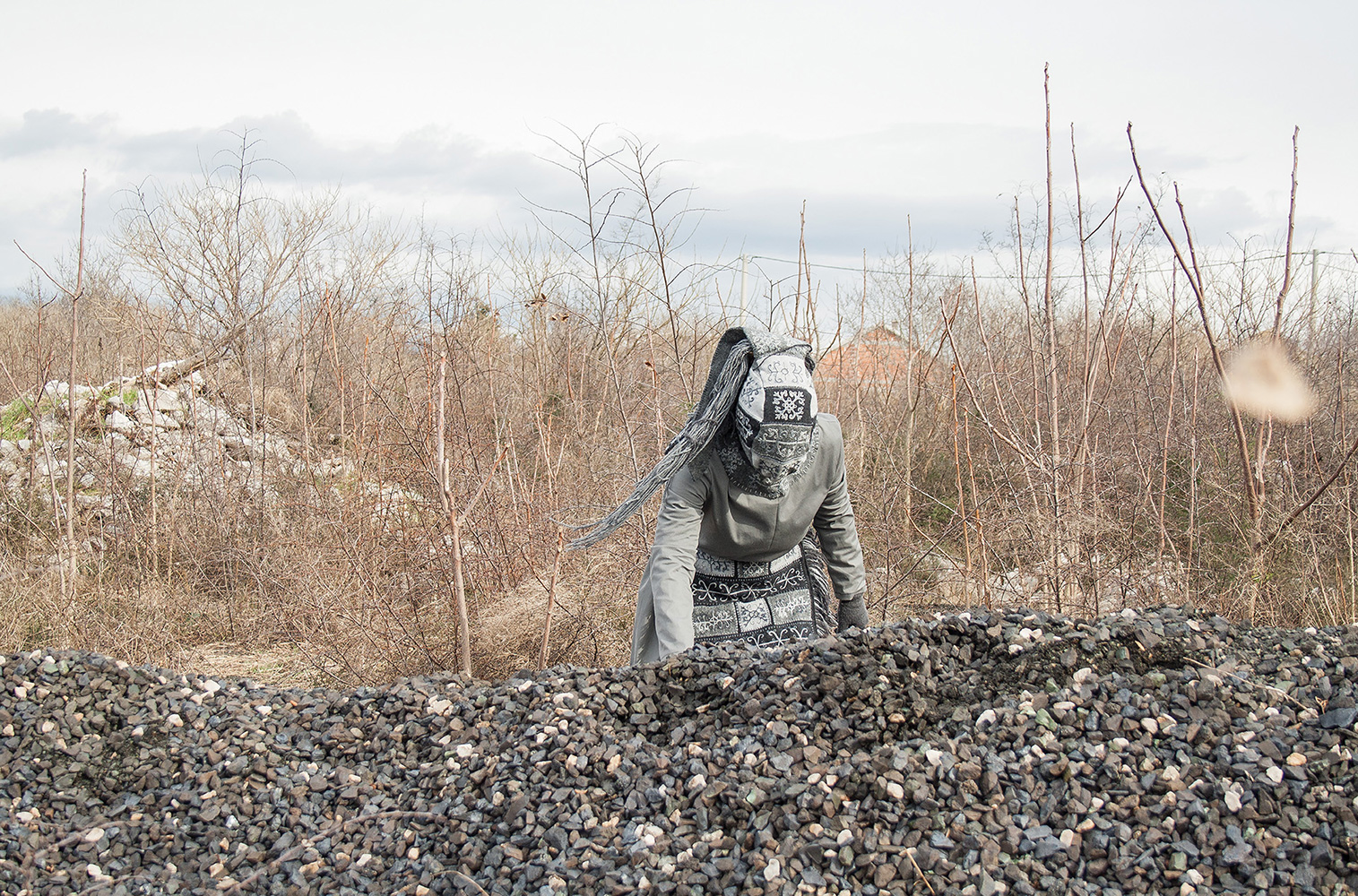
There are many, although perhaps not very obvious links between my works. Most often they are tied to the relation between people and public and personal space. At the moment, I am mostly interested in the subject of architecture, both the social and visual aspect of it, primarily illegal constructions in Croatia, which are stimulated by mass tourism. The private castle-like buildings are characterised by colourful facades abounding with pseudo-historical decorative elements.
Villa Roza Project consists of AutoCAD drawings, models and photographs of a wedding cake that takes the form of one of the buildings. Cut into segments, the devastated cake-house evokes the picturesque ruins of illegal construction, which has recently been legalised in Croatia. Currently I am preparing an exhibition called The Structures of Concealment, that deals with modern Potemkin villages, architectural forms that manipulate the truth.
Interview: Liza Premiyak
Text and image: Lana Stojićević
This interview was originally published by The Calvert Journal.
Others project materials

New and best
